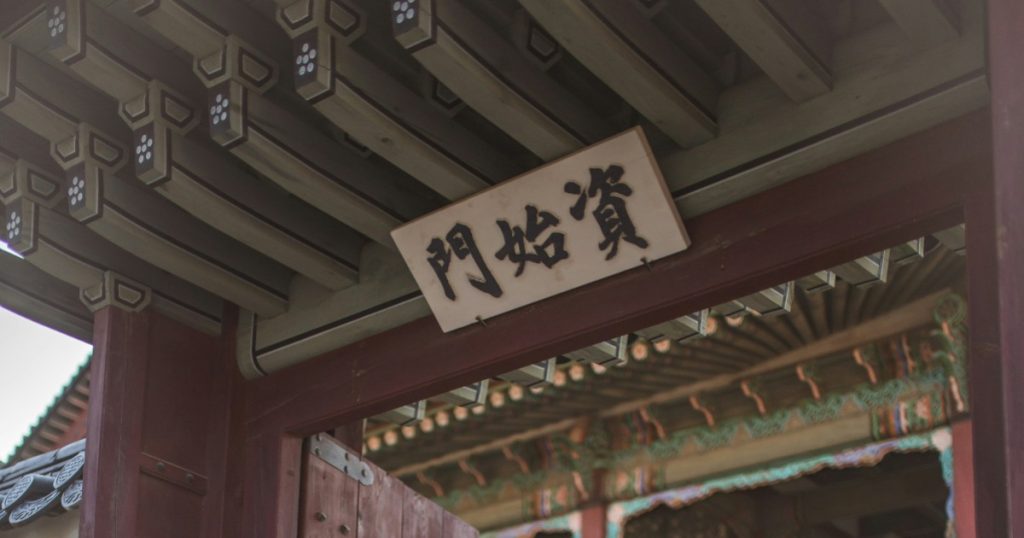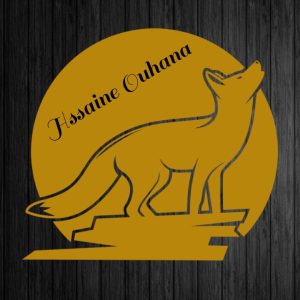South Korea, nestled on the Korean Peninsula in East Asia, is rich in cultural heritage, technological advancements, and a vibrant linguistic landscape. The country’s linguistic diversity reflects its complex history, blending ancient traditions with modern influences. South Korea’s linguistic tapestry is as diverse as its landscape, from the official language of Korean to the integration of English in education and business.
The Korean Language: Heartbeat of the Nation
At the core of South Korea’s linguistic identity lies the Korean language, known as “Hangul.” Developed under the reign of King Sejong the Great in the 15th century, Hangul is celebrated for its scientific design and accessibility. Comprising 24 letters, Hangul replaced the complex Chinese characters that dominated Korean writing at the time, making literacy more attainable for the general populace. Today, Hangul remains the official script of South Korea and is cherished as a symbol of national pride.
Korean, as a language, boasts a rich linguistic structure, characterized by honorifics, politeness levels, and intricate grammar. Nearly all South Koreans speak it and serves as a unifying force that binds the nation together. The language reflects the country’s cultural nuances, with regional dialects adding depth to its linguistic landscape. Variations in pronunciation, vocabulary, and intonation can be observed across different provinces, adding layers of complexity and diversity to the language.
Embracing Globalization: The Rise of English
In recent decades, South Korea has embraced globalization, recognizing the importance of English as a global lingua franca. English education is a cornerstone of the South Korean curriculum, with students beginning to learn the language as early as elementary school. English proficiency is highly valued in South Korean society, as it opens doors to international opportunities in education, business, and diplomacy.
The prevalence of English can be witnessed in various aspects of South Korean life, from signage in major cities to the influx of English loanwords in everyday vocabulary. English-language media, including movies, music, and literature, enjoys widespread popularity, contributing to the country’s cultural exchange with the global community. Moreover, South Korea has become a hub for English language education, attracting students and professionals from around the world to enhance their language skills.
Bridging the Gap: Bilingualism and Multilingualism
In addition to Korean and English, South Korea boasts a diverse linguistic landscape shaped by immigration, multiculturalism, and historical ties. The country is home to sizable communities of expatriates, migrant workers, and ethnic Koreans from China, Japan, and other countries. As a result, languages such as Chinese, Japanese, Vietnamese, and Tagalog are spoken in various pockets of South Korean society, contributing to its multicultural tapestry.
Furthermore, South Korea’s colonial history has left a linguistic imprint, with remnants of Japanese influence evident in certain vocabulary and cultural practices. Despite historical tensions, Japanese remains a popular language choice for South Koreans interested in cultural exchange, tourism, and business opportunities with Japan.
Preserving Heritage: Indigenous and Endangered Languages
While Korean dominates as the primary language of South Korea, efforts are underway to preserve and revitalize indigenous and endangered languages spoken by minority communities. These languages, such as Jeju, Ulleung, and Hwanghae dialects, represent unique cultural identities and historical narratives that enrich South Korea’s linguistic heritage. Organizations and initiatives dedicated to language revitalization work tirelessly to document, teach, and promote these endangered languages, ensuring their survival for future generations.
Conclusion
The linguistic landscape of South Korea is a dynamic tapestry woven from a myriad of influences, spanning centuries of history and cultural exchange. From the enduring legacy of Hangul to the embrace of English as a global language, South Korea’s linguistic journey reflects its evolution as a modern, multicultural society. As the country continues to navigate the complexities of globalization and cultural preservation, its diverse languages serve as both a bridge and a beacon, connecting communities and preserving the rich tapestry of its heritage.



Leave a Reply